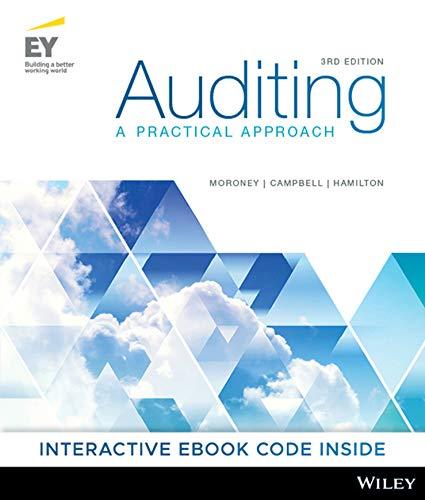Shapely Shoes has retail outlets in six large regional cities in the eastern states, selling ladies shoes
Question:
Shapely Shoes has retail outlets in six large regional cities in the eastern states, selling ladies shoes and handbags. The shops are run by local managers but purchasing decisions for all stores are handled by Rosie Bright, the owner of the business. Shapely Shoes sells only for cash and generates sales through a reputation of low prices for quality goods. Sales are low in summer, but winter sales are usually very good and lots of high-priced boots are usually sold. Rosie is constantly monitoring cash flow, and negotiating with suppliers about payment terms and banks about interest rates and extensions of credit. Jim Kowalski has the tasks of assessing the liquidity of Shapely Shoes and identifying the audit risks arising from this aspect of the business. Jim discovers that a major long-term debt is due for repayment one month after the close of the financial year, but Rosie is having difficulty obtaining approval from her current bank for a renewal of the debt for a further two-year term. In addition, interest rates have risen since the last fixed rate was agreed two years ago, adding an additional 2 per cent to the likely rate for the new debt (if it is approved). The seasonality of the business means that inventories levels fluctuate considerably. At the end of the financial year (30 June) Rosie has placed pre-paid orders for the summer range and the goods have started arriving in the stores by November.
Required
(a) What liquidity and solvency issues does Shapely Shoes face? Explain the likely impact of each issue on the usual liquidity ratios.
(b) Advise Jim Kowalski about the audit risks for Shapely Shoes and suggest how he could take these into account in the audit plan.
Step by Step Answer:

Auditing A Practical Approach
ISBN: 9780730364573
3rd Edition
Authors: Robyn Moroney, Fiona Campbell, Jane Hamilton





